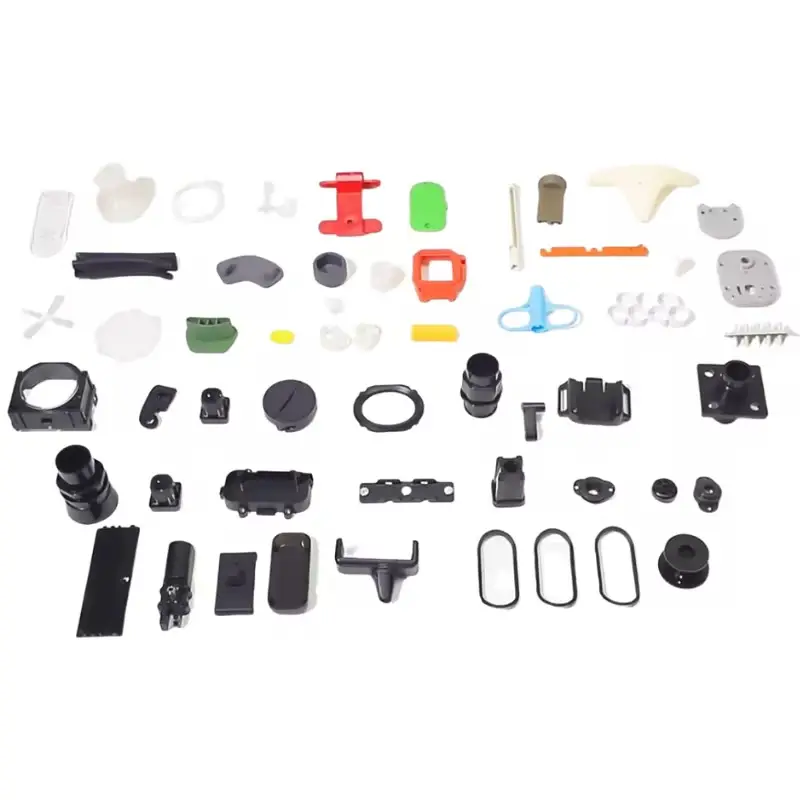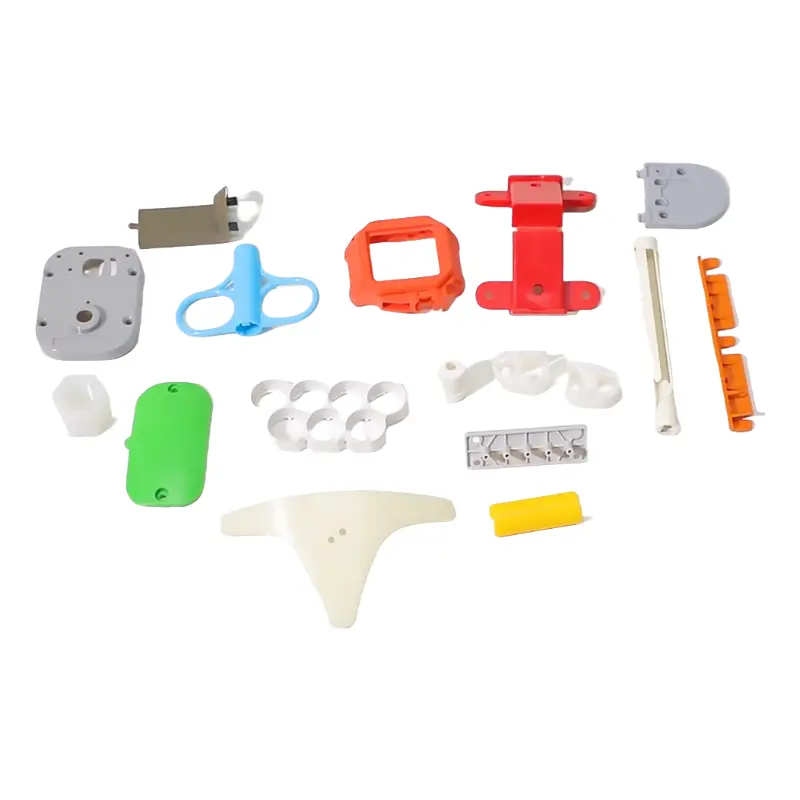- April 28, 2025
- Posted by: feinuojixie
- Category: Injection Molding News


The automotive industry is undergoing a profound transformation, driven by the urgent need for efficiency, sustainability, and innovation. Traditional methods of car manufacturing are being reimagined to meet the demands of a new generation of vehicles, from electric to autonomous models. At the heart of this revolution lies a pivotal technology: injection molding automotive parts. By enabling the mass production of lightweight, durable, and cost-effective components, injection molding is not just enhancing production processes but also shaping the very future of car design and performance. As manufacturers seek faster turnaround times, greater material efficiency, and improved vehicle aesthetics, injection molding automotive parts have emerged as a cornerstone of modern automotive engineering.


Understanding Injection Molding Automotive Parts
Injection molding automotive parts refers to the process where molten material, typically thermoplastic polymers, is injected into a mold to create specific vehicle components. This technique allows for the production of complex shapes with high precision and repeatability. Unlike traditional manufacturing, which often involves cutting or welding materials, injection molding automotive parts are formed in a single, efficient step. This method significantly reduces material waste and labor costs, making it an attractive solution for the automotive sector. It also offers flexibility in design, enabling the creation of intricate structures that would be difficult or impossible to achieve through conventional methods.
Historical Perspective: Evolution of Materials in Car Production
Historically, car manufacturing relied heavily on metals such as steel and aluminum for the majority of vehicle structures and components. While these materials offered strength and durability, they also contributed to heavier vehicles, impacting fuel efficiency and performance. As the automotive industry evolved, the demand for lighter materials became evident. The introduction of injection molding automotive parts marked a turning point, providing a way to produce strong yet lightweight components. This shift not only improved vehicle performance but also opened the door to innovative designs and enhanced safety features, redefining what was possible in automotive engineering.
Why Injection Molding Automotive Parts Matter Today
The significance of injection molding automotive parts in today’s automotive landscape cannot be overstated. First, the use of lightweight polymers reduces overall vehicle weight, directly improving fuel efficiency and lowering emissions. Second, injection molding offers substantial cost savings through faster production cycles and less material waste. Third, it grants designers unparalleled freedom, enabling them to create intricate, aerodynamic shapes that enhance both aesthetics and functionality. Finally, the durability and resistance to corrosion of molded parts ensure longer-lasting vehicle components, reducing the need for frequent replacements and maintenance.
Key Components Produced Through Injection Molding Automotive Parts
A wide variety of critical vehicle parts are manufactured using injection molding techniques. Bumpers, one of the most visible external components, are commonly molded for both strength and aesthetic appeal. Dashboards, with their complex designs and integration of electronic systems, are crafted using this method to achieve both functionality and style. Door panels, interior trims, and seating structures also benefit from injection molding, providing comfort, safety, and visual appeal. Under-the-hood components, such as air intake manifolds and battery casings, are increasingly produced through injection molding to withstand high temperatures and harsh operating conditions.
Innovations in Injection Molding Technology for Automotive Parts
Technological advancements are continuously enhancing the capabilities of injection molding automotive parts. Multi-material molding allows different polymers to be combined in a single production cycle, enabling parts that integrate soft and hard sections seamlessly. Lightweight composite materials are being developed to further reduce vehicle mass without compromising strength. Smart manufacturing techniques, including automation and real-time quality monitoring, are improving production efficiency and consistency. These innovations are enabling manufacturers to meet increasingly stringent safety, performance, and environmental standards while maintaining a competitive edge.
Environmental Impact: Sustainable Car Manufacturing with Injection Molding Automotive Parts
Sustainability has become a key focus in modern car manufacturing, and injection molding automotive parts contribute significantly to these efforts. The use of recyclable materials and biodegradable polymers is on the rise, reducing the environmental footprint of vehicle production. Injection molding itself is an energy-efficient process, requiring less raw material and generating less waste compared to traditional manufacturing methods. Furthermore, lighter vehicles produced with molded parts consume less fuel or energy, further decreasing greenhouse gas emissions. As regulations tighten and consumers demand greener products, injection molding is positioned as a critical enabler of sustainable automotive manufacturing.
Challenges Facing Injection Molding Automotive Parts Industry
Despite its many advantages, the industry surrounding injection molding automotive parts faces notable challenges. Material selection remains complex, as not all polymers meet the demanding mechanical and thermal requirements of automotive applications. High initial tooling costs can be a barrier, particularly for low-volume production runs. Moreover, the rapid pace of technological change necessitates continuous investment in new equipment and training. Manufacturers must also address issues related to recycling molded parts at the end of vehicle life cycles, developing systems that can efficiently process composite and multi-material components.


Future Trends: Where Injection Molding Automotive Parts Are Headed
Looking ahead, injection molding automotive parts will play an even greater role in the evolution of the automotive industry. The rise of electric vehicles demands lightweight components to offset heavy battery systems, and injection molding is ideally suited to meet this need. As autonomous vehicle technology progresses, new design requirements for sensors, cameras, and advanced control systems will drive further innovation in molded parts. Additionally, smart materials that can self-heal or adapt to changing conditions are likely to be incorporated into future vehicles, pushing the boundaries of what injection molding can achieve.
Driving the Automotive Industry Forward with Injection Molding
Injection molding automotive parts have undeniably revolutionized car manufacturing, offering solutions that address performance, efficiency, and sustainability demands. As the industry continues to evolve, the ability to innovate through advanced molding techniques will become even more crucial. By embracing new materials, improving environmental practices, and overcoming current challenges, automotive manufacturers can leverage the full potential of injection molding to build the next generation of vehicles. In this exciting new era, injection molding automotive parts will not just support the industry’s progress — they will drive it forward.
